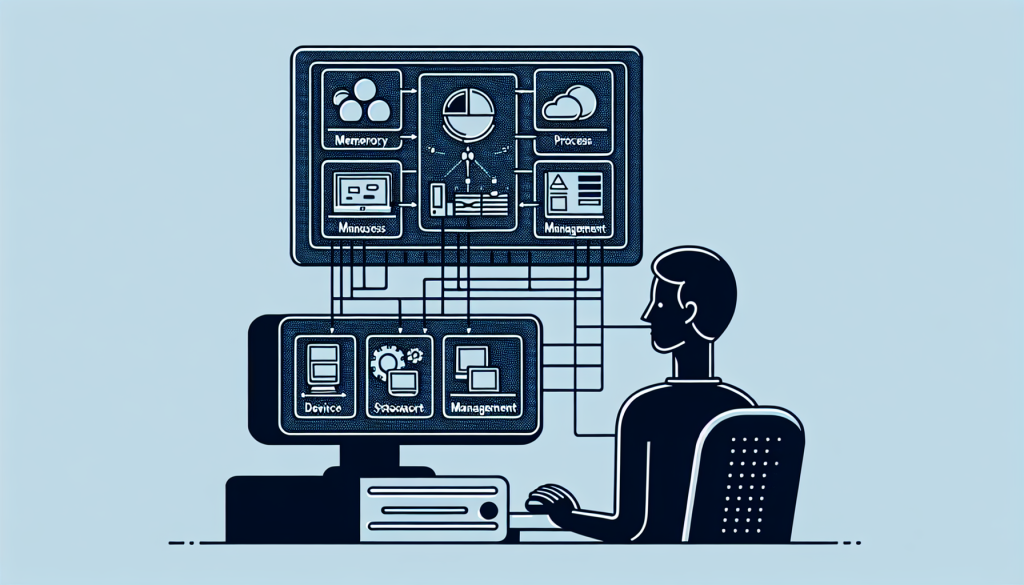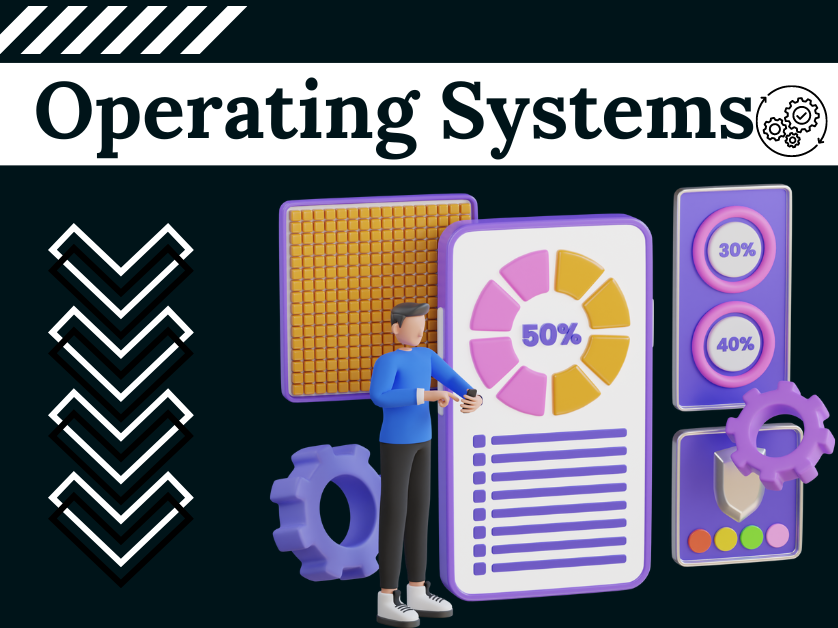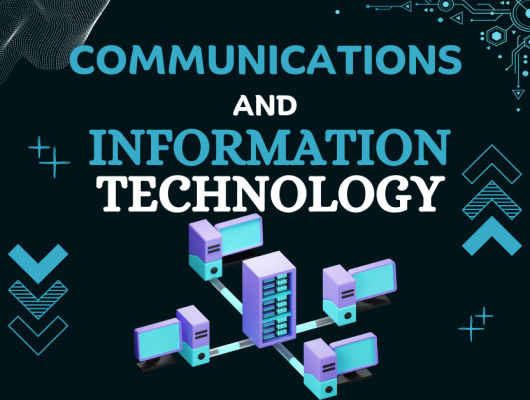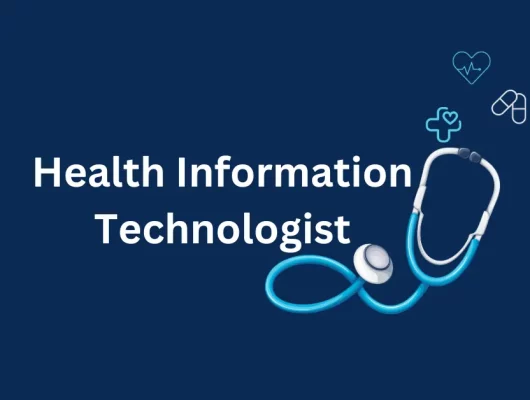Introduction
Operating Systems (OS) serve as the fundamental layer of software that manages computer hardware. Software resources, and provides common services for computer programs. They act as intermediaries between users and the computer hardware, enabling efficient execution of programs. Common types of operating systems include desktop OS like Windows, macOS, and Linux distributions, mobile OS like Android and iOS, and specialized versions for servers. Functions of an OS encompass managing hardware resources (like CPU, memory, disk space).
The power of Communications and Information Technology (CIT) lies in its ability to connect people, streamline processes, and foster innovation. It has revolutionized how we live, work, and interact, breaking down geographical barriers and enabling real-time communication. From the internet to mobile networks, CIT empowers society with information at our fingertips. Driving advancements in various fields and creating a globally connected world.
What is an Operating System(OS)?
The operating system serves as the bridge between hardware and software on a computer, managing memory and coordinating processes. It enables devices to communicate in a common language, ensuring efficient operations. Without a functional operating system, the computer would be useless in executing tasks.
Operating System Job
The central processing unit (CPU), in a computer, manages and coordinates the execution of programs by overseeing the utilization of hardware resources such as memory and storage. The operating system ensures that multiple programs can be running at the same time by allocating the necessary access to the CPU and other essential components. It works to make sure each program gets the needs it requires for smooth execution.
Types of Operating System(OS)
There are many types of operating system
- Batch OS:Traditionally, computing was largely centered around batch processing, where a series of jobs were executed with little manual intervention. However, with the rise of modern computing, the paradigm has moved beyond that, embracing more interactive and real-time systems tailored to specific contexts. Eliminating the need for extensive manual involvement in job execution.
- Distributed OS:In the realm of operating systems, efficient management of interconnected computers is critical. This is particularly true in the context of cloud computing and edge computing, where distributed systems handle large-scale applications. The capability of handling diverse workloads is essential for ensuring these systems efficiently meet the demands of modern computing environments.
- Multitasking OS:Modern multitasking OSs are capable of running multiple tasks simultaneously by employing efficient resource allocation, thus ensuring a smoother operation with numerous applications running. As technology continues to evolve, these operating systems play a crucial role in optimizing performance and enhancing user experience.
- Real-Time OD (OTOD):In the realm of embedded systems and robotics, the use of Real-Time Operating Systems (RTOSs) is imperative for timely processing of time-critical operations. In scenarios such as industrial automation and the deployment of autonomous systems, the swift and predictable execution of tasks is a key requirement. These RTOSs play a crucial role in ensuring that IoT devices and other connected elements deliver prompt and precise responses in dynamic environments.
- Mobile OS: The mobile landscape has witnessed significant advancements in operating systems, with a focus on seamless integration of cloud services. This progress extends to robust security features and user interface enhancements, emphasizing a shift towards a more consistent user experience. The definition of types and functions has evolved, now placing a greater focus on synchronization across devices and platforms, providing users with a unified and efficient mobile ecosystem.
- AR/VR Support:The future of operating systems is expected to be defined by advanced capabilities that support a wide range of technologies such as augmented reality (AR) and virtual reality (VR). These optimized environments will include enhanced graphics rendering and spatial audio for a more immersive experience. Motion tracking will be a key feature, increasing the focus on AR/VR applications and providing users with unparalleled interactions in the digital realm.
Functions of Operating System

There are many functions of operating system that are discussed below;
Memory Management
Management of main memory is crucial for efficient computer operation. When a program is executed, it resides in the quick storage area and can be accessed directly by the CPU. Once the program is completed, the memory region it occupied is released for reuse by other programs. This allows the system to manage and utilize memory effectively, especially when handling more than one program simultaneously. Proper management ensures that the required resources are allocated and used efficiently, enhancing overall system performance.
- The operating system allocates and deallocates memory.
- The operating system keeps a record of which part of the primary memory is used by whom and how much.
- In multiprogramming, the operating system selects processes, determines when they acquire memory, and decides how much memory they get.
Device Management
An operating system regulates the connection of devices using drivers. The processes may require devices for their use. This management is done by the OS.
- The operating system allocates and deallocates devices to different processes.
- The system keeps records of devices.
- The system decides which process can use which device for how much time.
File Management
The user interface allows users to control and manage the hardware and resources of a computer system. It provides a platform for running application programs and facilitates the allocation of memory space. The system continuously monitors performance, performs error detection, and ensures security through the management of user accounts. Additionally, it oversees the file system by helping users manage and organize their files and directories, ensuring efficient input and output devices functionality.
- The system maintains records of file statuses and locations.
- The allocates system and deallocates resources.
- The system decides who gets the resources.
Storage Management

Storage management is a critical procedure for users aiming to maximize the utilization of their storage devices while protecting the data integrity of their media. Network virtualization, replication, and mirroring are essential features included in modern operating systems to enhance security. Additionally, compression and deduplication play crucial roles in optimizing storage provisioning. With traffic analysis and process automation, the creation, reading, writing, and copying of data across files and directories become seamless, allowing for efficient accessing and storing in another location. Overall, storage management involves a comprehensive definition
- Enhancing the performance of data storage resources.
- Optimizing the utilization of various storage devices.
- Assisting businesses in efficiently storing more data on existing hardware, accelerating the data retrieval process, preventing data loss, complying with data retention regulations, and reducing IT costs.
FAQs:
What is the role of the OS?
The operating system (OS) manages all of the software and hardware on the computer. It performs basic tasks such as file, memory and process management, handling input and output, and controlling peripheral devices such as disk drives and printers.
What is the history of the operating system?
Basic operating system features were developed in the 1950s, such as resident monitor functions that could automatically run different programs in succession to speed up processing. Operating systems did not exist in their modern and more complex forms until the early 1960s.
Which is the first OS in the world?
The first operating system used for real work was GM-NAA I/O, produced in 1956 by General Motors’ Research division for its IBM 704.
What is the first mobile OS?
First mobile OS is ‘Symbian’.
Why is the OS called ROM?
A Read-Only Memory, more commonly known as ROM, is the internal flash memory that stores the operating system, i.e. the fixed memory of your smart devices. This is why we tend to call a ROM an operating system such as Android or iOS for smartphones or Windows or Linux for computers.







